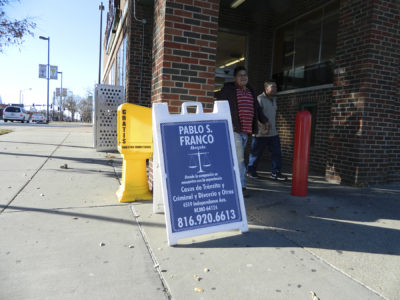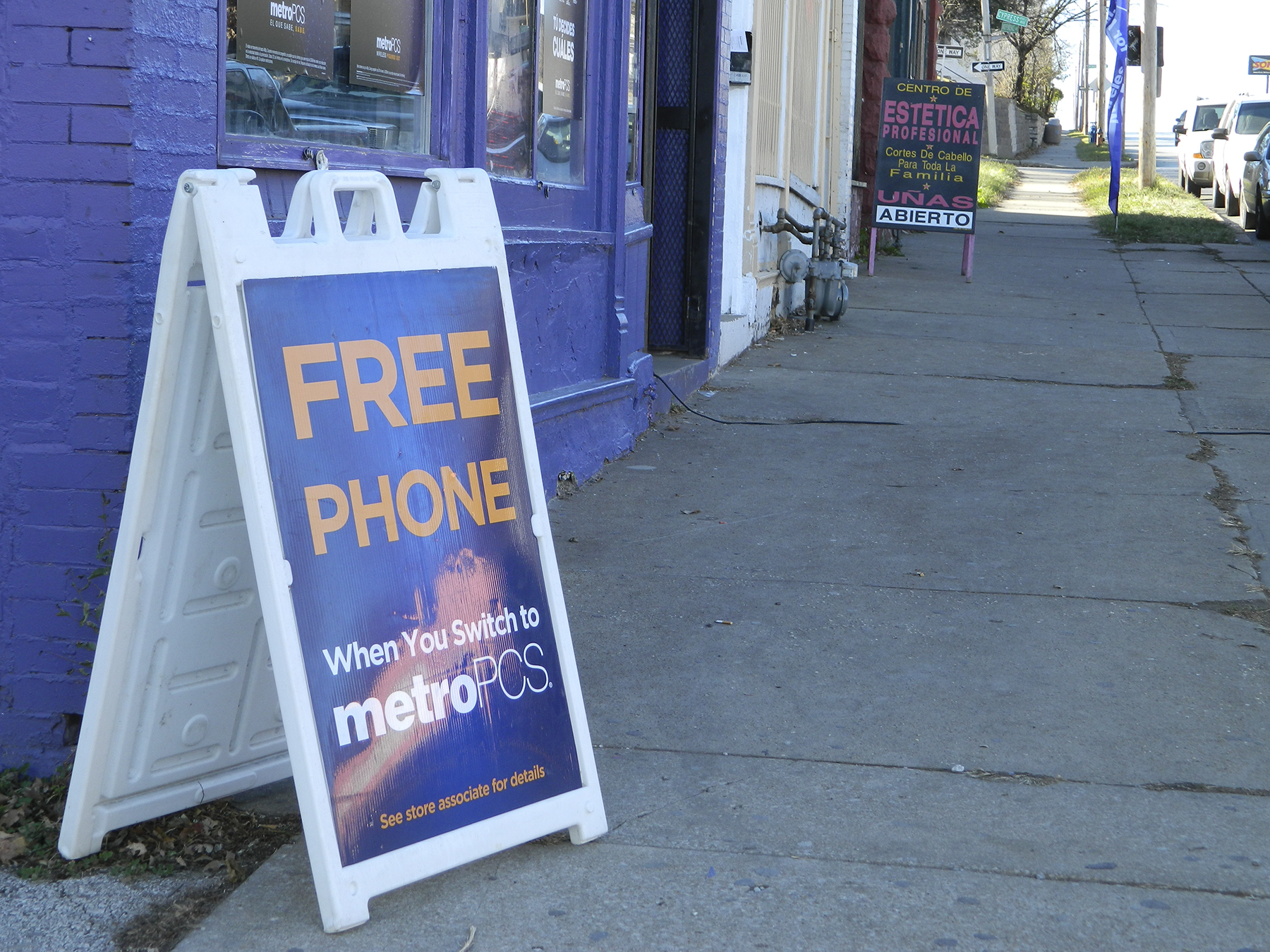Northeast News
According to Kansas City guidelines, sidewalk signs – also called sandwich or A-frame signs – have until now been considered illegal. More specifically, the city ordinance related to sandwich signs indicates that they “are not currently identified as signs permitted in the right-of-way.”

Even so, such signs are common throughout the city’s commercial districts, including along Independence Avenue in the Historic Northeast.
“The ordinance as it existed was being overlooked throughout the city by everyone involved,” said City Plan Commission member Bobbi Baker-Hughes.
Business groups such as the Downtown Council of Kansas City advocated for legalizing the signs, arguing that they help bring pedestrian traffic into their establishments. The city has taken notice, and after receiving the unanimous approval of the City Plan Commission in late November, new legislation legalizing the signs will soon go before City Council.
According to City Planner Patty Noll, the ordinance could go before the Planning, Zoning, and Economic Development committee as soon as December 13. Without setbacks, regular order could bring the legislation before the full City Council on December 21. If passed, the ordinance would be officially implemented 10 days afterwards.
“They’ll have to go through the regular sign permit process,” said Noll. “They’ll treat this as a temporary sign.”
In the process of potentially legalizing the sidewalk signs, the city has come up with some rules and regulations regarding their use. For instance, the new language dictates that all sidewalk signs be placed within two feet of a business’s wall, and that proof of insurance must be obtained before receiving a permit to deploy such signs. The permits, city staff say, will ensure that businesses are held liable in case of damage or injury to pedestrians. Sidewalk signs can be no more than 2.5 feet wide and four feet tall. A minimum height of 2.5 feet would also be established to avoid tripping hazards.
Sandwich signs would only be allowed in non-residential districts. Further conditions state that the signs may only be located in front of businesses that have an entry immediately adjacent to the public-right-of-way in which it sits. Signs cannot be permanently attached to the ground or a structure, and must be removed when the business it promotes is closed. Businesses may only have one sign at a time, provided the sign rests no closer than 15 feet from another permissible sign. A minor change being proposed would add language clarifying that a sandwich sign permit is valid only for the business applying for the permit. An application for a new permit would be required if there was a change of ownership.
Permissible sandwich signs could not have any additional protrusions, there must be at least five feet of horizontal sidewalk clearance for pedestrians, and signs cannot be lit or animated in any way. Baker-Hughes, in her dual roles with the Northeast Chamber of Commerce and the Independence Avenue Community Improvement District (CID), said that she’ll plan on informing area businesses about the permit requirements as soon as the legislation is officially adopted.
“After the first of the year, we’ll be out talking to our businesses who have been cited for their sidewalk signs, and invite them to become compliant with the new ordinance,” Baker-Hughes said.
















